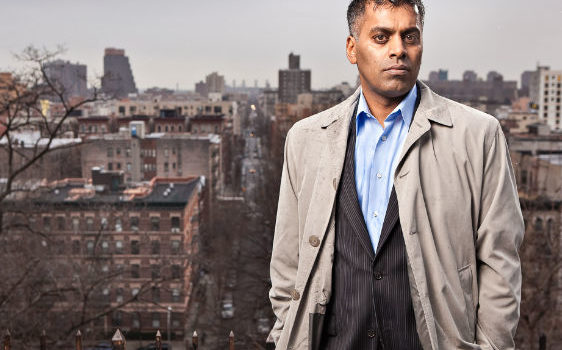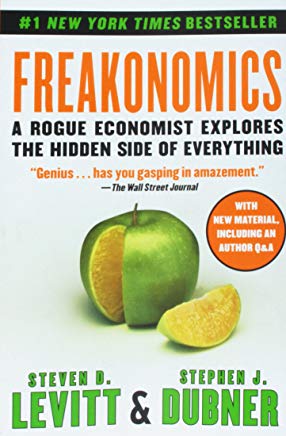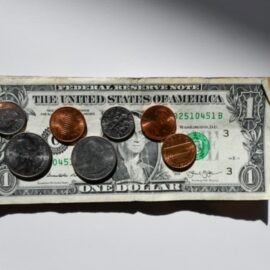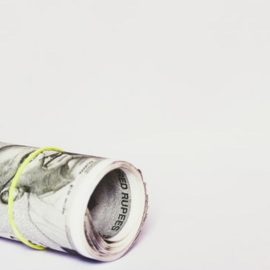

This article is an excerpt from the Shortform summary of "Freakonomics" by Steven Levitt and Stephen Dubner. Shortform has the world's best summaries of books you should be reading.
Like this article? Sign up for a free trial here .
The Myth of the “Crack Millionaires”
Let’s set the stage. The 1980’s were marked by a tide of rising crime in The United States. A great deal of the violence in the inner cities was driven by crack-cocaine. According to one study, crack accounted for a shocking 25 percent of homicides in New York City in 1988.
It was in this context that the conventional wisdom of “crack millionaires” was born. The myth was largely propagated by police officers, criminologists, and others in the law enforcement community. They argued that dealers were making money hand-over-fist and living extravagant, luxurious lifestyles. Furthermore, these experts warned, the profits from crack dealing were enabling the gangs to purchase state-of-the-art weaponry that left police officers outgunned.
You can see the powerful incentive for law enforcement to perpetuate this myth: by conveying the grave threat posed by crack, police could gain political support for more police resources. The only problem was that the story wasn’t true.
(Shortform note: Don’t take any of this to mean that law enforcement knowingly spread falsehoods about the earnings of crack dealers—there’s no evidence of that, and what they were saying publicly was likely a reflection of the best information they had at the time. Nevertheless, it certainly was a convenient story for law enforcement to keep alive.)
Sudhir Venkatesh Crunches the Numbers Behind Crack
So how was the false narrative about crack revealed? Through careful data analysis, this time by an enterprising graduate student at the University of Chicago named Sudhir Venkatesh.
In the early 1990s, Venkatesh decided to study the phenomenon of crack-cocaine by leaving his ivory tower and actually speaking directly with crack dealers in Chicago’s housing projects.
In the course of his work with the Black Disciples gang, Venkatesh gained access to the gang’s financial records. What Venkatesh saw in those records thoroughly refuted the prevailing wisdom.
Analyzing the gang’s financial records, Sudhir Venkatesh discovered that crack dealing was only lucrative for the highest levels of the gang leadership. The trade was organized along a highly structured, hierarchical business model:
- At the top was a “Board of Directors” (yes, this was their actual title), the upper echelon of Black Disciples leadership, usually consisting of about 20 individuals at any given time.
- Below that were regional leaders who paid the Board 20 percent of the revenues earned from crack sales, simply for the right to operate within a designated zone of the city. In other words, regional leaders franchisees, similar to an owner of an individual Burger King location.
- Underneath the regional leaders was a small cadre of “officers,” who ran enforcement, handled the gang’s finances, and oversaw drug transportation and logistics.
- Reporting in to the officers was a corps of between 25-75 “foot soldiers” who handled street-level sales.
- Finally, at the lowest level of the pyramid, was the “rank-and-file,” a large cohort of roughly 200 young men who made no money themselves, but actually paid the gang for protection from rival gangs and for the opportunity to land jobs as street dealers.
Spread out across the city, this hierarchy created a highly unequal pay structure with slightly over 100 upper management leaders earning six-figure salaries, with the remaining 20,000 rank-and-file earning less than minimum wage.The conventional wisdom about “crack millionaires” was wildly misleading—the vast majority of people in the crack trade would have made better money working at McDonald’s. Combined with the extraordinary risks of either death by homicide or a lengthy incarceration in federal prison, it hardly seems like a career anyone would want.
This led to another mystery – if pay was so poor, why were so many young urban men leaping at the opportunity to get into the crack business?
The best explanation from Sudhir Venkatesh is that it was perceived, at least initially, as a quick path to glamour and wealth, particularly in black, inner-city communities that had been hammered by deindustrialization in the 1960s and 1970s. With a lack of opportunity elsewhere, becoming a crack dealer was a decent career option.
———End of Preview———

Like what you just read? Read the rest of the world's best summary of "Freakonomics" at Shortform c . Learn the book's critical concepts in 20 minutes or less .
Here's what you'll find in our full Freakonomics summary :
- How every single person behaves according to incentives
- Why you should tune out experts and make your own decisions
- The surprising truth behind why crime declined so much in the 1990s





